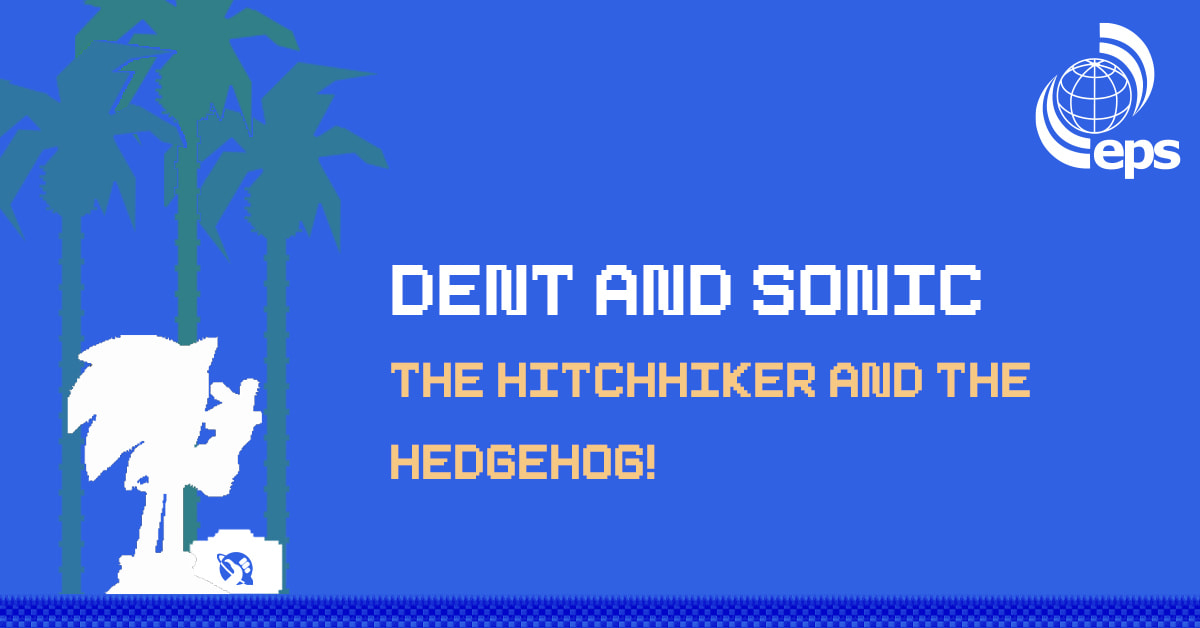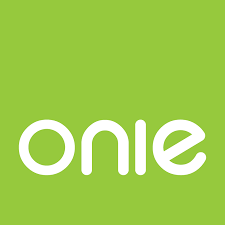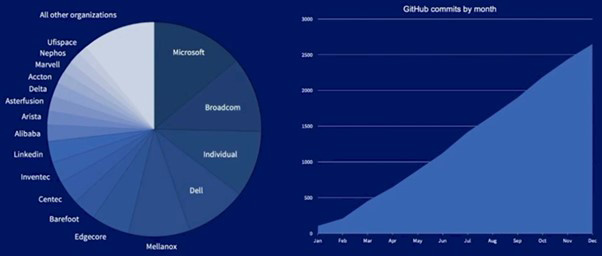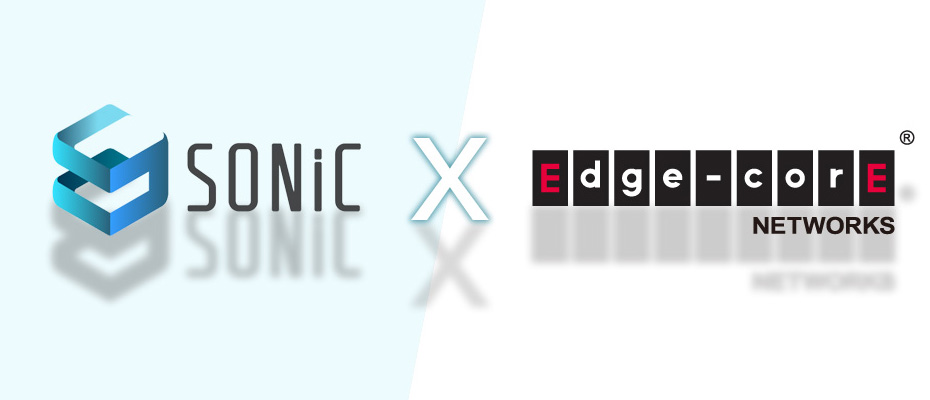
A decade has now elapsed since the creation of the Open Networking Foundation (ONF) and the Open Compute Project (OCP). The establishment of these two organizations, and the communities that spawned from within, has led to a complete reshaping of the data center market, and more recently, with the addition of the Telecom Infra Project, the telecoms industry.

Einstein said, “Creativity is intelligence having fun”, and the last 10 years have been overflowing with that intelligence within Open Networking. On the hardware creativity side, we have a very stable cohort of companies producing bare-metal switches, routers, transponders, cell site gateways, CPE’s, and lots more. They consist of the market leader Edgecore Networks from the Accton Group, Delta, Celestica, Quanta, and one of the newer players in this area, UfiSpace, who have done some great work for the previously mentioned telecoms industry.
 As with all things, we need the Yin to our Yang, and with that, software enters the stage. This cohort can be described as anything but stable over the last decade, with acquisitions of some of the leading lights taking place and the resulting void being filled as quickly as they departed. That is not to pour scorn on these companies, far from it. The likes of Cumulus Networks and Big Switch were extremely important driving forces to the overall success of Open Networking, with Cumulus initiating the ONIE project and bringing a professionalism to support, and Big Switch’s SDN controller solution using OpenFlow for their cloud and monitoring fabrics. The one negative their acquisitions brought to the community, from a consumer point of view, was uncertainty. (Check out my blog on Open Networking Software 2020)
As with all things, we need the Yin to our Yang, and with that, software enters the stage. This cohort can be described as anything but stable over the last decade, with acquisitions of some of the leading lights taking place and the resulting void being filled as quickly as they departed. That is not to pour scorn on these companies, far from it. The likes of Cumulus Networks and Big Switch were extremely important driving forces to the overall success of Open Networking, with Cumulus initiating the ONIE project and bringing a professionalism to support, and Big Switch’s SDN controller solution using OpenFlow for their cloud and monitoring fabrics. The one negative their acquisitions brought to the community, from a consumer point of view, was uncertainty. (Check out my blog on Open Networking Software 2020)
The solution to that uncertainty for some will simply be open-source. Whether that is completely open-source, or commercially supported open-source, there are now suitable options for the data center with SONiC, telecoms with Stratum, and most recently, enterprise, campus, and retail edge, with DENT. Today we will have a deeper look into two of these NOSs in SONiC and DENT.
SONiC
SONiC, which stands for Software for Open Networking in the Cloud, was created by Microsoft for their Azure data centers and then gifted to the open networking community in 2017. Since then, it has found a home in some of the world’s largest data centers, with companies like Alibaba, Tencent, LinkedIn and more, tailoring the open-source NOS to their specific needs while adding functionality at the same time. It is this community-based approach that has seen SONiC flourish to this point with commits from the who’s who of the networking world as can be seen below. Each commit and added feature from major deployments only add to the use cases and the possibilities for SONiC.

SONiC is built upon the Switch Abstraction Interface (SAI) which Microsoft open-sourced in 2015 and again gifted to the OCP in 2015. This is worthy of a blog article of its own, but I will briefly explain the benefit of this. In bygone years, the process of integrating a NOS with the merchant silicon switching ASIC was a time-consuming process. The silicon vendor, probably Broadcom (roughly 90% of the market), provides the NOS vendor with the SDK (Software Development Kit) which is in turn integrated with the NOS. The SAI simplifies this process greatly by standardizing the API to the datapath. So, by using the SAI, developers can integrate the merchant silicon with SONiC, or any other open-source NOS for that matter, in a fraction of the time. This has led to a pretty impressive range of hardware being available for SONiC from Edgecore Networks/Accton, Mellanox, Quanta, Dell, Delta, Marvell, and the list goes on. This allows for the true decoupling of hardware and software and what is the bona fide definition of disaggregation.
Having so many hardware vendors involved can only benefit the consumer, but the tyranny of choice does not end there! There is now also a multitude of flavors of commercial versions of SONiC to choose from which we will glance at now.
Broadcom – The chip vendor has released its own commercial SONiC distribution with IP Infusion providing the support on the back end. It can only be of benefit having 20 years of NOS experience from IPI giving 7 X 24 X 365 advanced support. IPI also have their own NOS called OcNOS which has seen them penetrate the Service Provider market over the last 2 years with products like the whitebox Cassini transponder from Edgecore and disaggregated Cell Site Routers from UfiSpace.
 Edgecore Networks – The market leader in open networking hardware has moved into the software business. For large data center operators, having one neck to wring when something goes wrong is optimal. Edgecore have been heavily involved in SONiC since it was open-sourced, as can be seen from the commits by themselves, and parent company Accton. Taken together this would have them in 3rd position in the community after Microsoft and Broadcom.
Edgecore Networks – The market leader in open networking hardware has moved into the software business. For large data center operators, having one neck to wring when something goes wrong is optimal. Edgecore have been heavily involved in SONiC since it was open-sourced, as can be seen from the commits by themselves, and parent company Accton. Taken together this would have them in 3rd position in the community after Microsoft and Broadcom.
We also have an Enterprise SONiC Distribution by DELL Technologies, and finally a version from Mellanox/Nvidia which is offering what they are calling ‘ASIC-to-Protocol’ support. As you can see from the list, there are many, many options here. Please do not hesitate to get in touch and I can run through the pros and cons of each.
I should really mention use cases here and where SONiC would really suit as a deployment but maybe it would be easier to join us in our upcoming webinar with Edgecore and the OCP where we will cover this very point in detail.
Edgecore SONiC Solutions for Open Networking in the Cloud: 11th February 2021, 8am PT; 11am EST; 4pm GMT
Register Now
DENT
Open networking has extensively pervaded into all areas of networking over the past decade with the exception of retail and campus networks. That is not to say that there have not been successes in these areas, but it has definitely been a tougher nut to crack than the datacom and telecoms markets. 1G bare-metal switches with a commercial NOS on top proved to be a little on the expensive side, and the NOS’s mainly came from the  data center and were lacking certain features like multigigabit, port security, and spanning tree that were not required within the data center. Cumulus Networks tried to focus on this at the beginning of 2020 but due to the pandemic, and their acquisition by Mellanox/Nvidia, all seemed to go quiet in that area. This is possibly all about to change with the addition of DENT to the open-source roster for bare-metal switches. Added to that new batch of 1G switches from multiple vendors that are at a far more appealing price point, and it may well be game on in this sector.
data center and were lacking certain features like multigigabit, port security, and spanning tree that were not required within the data center. Cumulus Networks tried to focus on this at the beginning of 2020 but due to the pandemic, and their acquisition by Mellanox/Nvidia, all seemed to go quiet in that area. This is possibly all about to change with the addition of DENT to the open-source roster for bare-metal switches. Added to that new batch of 1G switches from multiple vendors that are at a far more appealing price point, and it may well be game on in this sector.
I am not going to get too deep in the weeds on DENT in this blog (I will dedicate one in the near future), but it is a project within the Linux Foundation with support from Amazon, yes, I did say Amazon, Cumulus, Edgecore Networks, Delta, and the silicon chip vendor, Marvell. Amazon have done the square root of zero in open networking, or any community-based project, so it is quite interesting to see them here. DENT is initially focused on retail, and the thought is that they are looking at reducing hardware costs within their stores like Amazon Go. In December just gone the project had its first code release which they named Arthur, after Arthur Dent from The Hitchhikers Guide to the Galaxy.
If you would like a look at the features in the Arthur release, or the roadmap, click here and it will take you too the project page withing the Linux Foundation. For more information on any of the products and services related to Open Networking come check out our website at www.epsglobal.com or drop me a line on LinkedIn.
Slán go fóill,
Barry